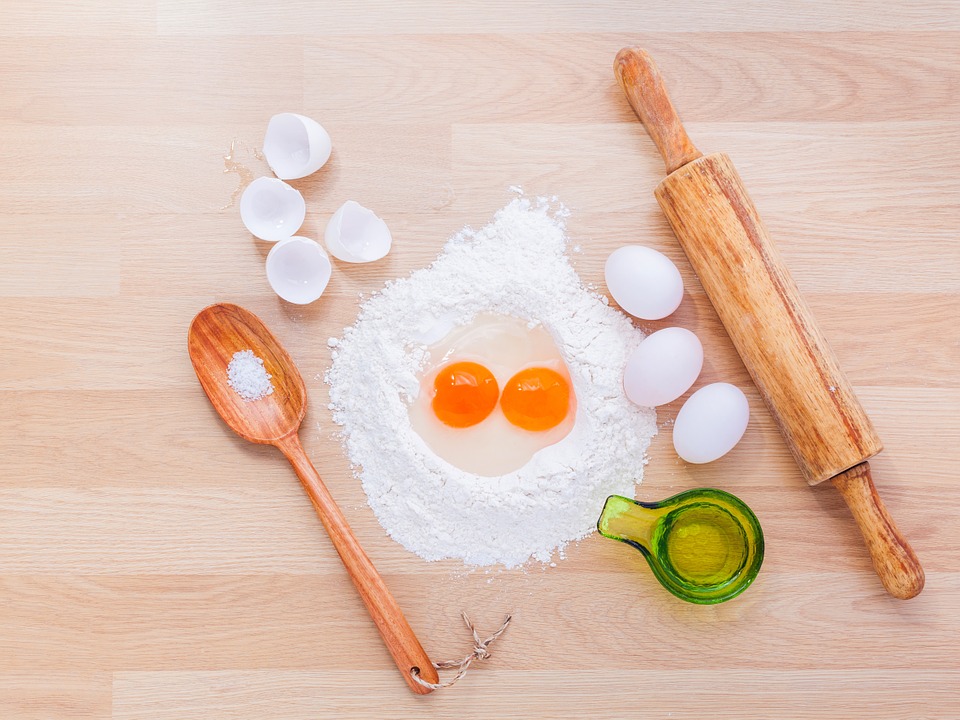We all like good, quality food, but it’s also essential that the food we eat and prepare doesn’t significantly impact the environment. Did you know that about one-third of the environmental impact and greenhouse gas emissions are due to food production and consumption? Fortunately, you can do several things to be sustainable in the kitchen:
1) Use a Lid
One of the minor adjustments you can make is to put a lid on the pan when you want to bring something to boil. The lid prevents too much heat from escaping from the pan. This way, the water in the pan heats up earlier and starts boiling sooner. Besides, you consume two to three times less energy, save on your electricity bill and protect the environment at the same time since fewer greenhouse gases are emitted.

2) Waste Less / Don’t Waste Food
Having broccoli tonight? Don’t throw away the florets. Use them the next day to make broccoli rice. An opened bag of potato chips that is no longer tasty? Use it to make tortillas!
3) Turn off the Oven
Often your dish doesn’t need to be in the oven roaring for the entire cooking time. Even when you turn off the oven, it’s still hot enough to keep cooking your quiche, pie, or vegetable dish. You can easily turn off the oven five to ten minutes before the cooking time indicated in the recipe.
4) Pay Attention to the Label
Many labels tell you something about the product. Sustainable products often carry a quality label, which helps us make conscious choices at the supermarket. If you’re not sure, you may visit the Nutrition Center Website of your country to find a summary of these sustainable quality seals.
5) Use Local and Seasonal Products
Choose local and seasonal products as much as possible. You can easily find them in the local market of your area. A bonus: fruits and vegetables from the market are usually much tastier because they are not harvested as ripe as the products we find in the supermarket.

6) Create Your Own Herb Garden
Apart from being tastier, growing your own herbs is also better for the environment. It helps lower the use of plastic containers/items and energy for transporting the herbs.
7) Choose the Lowest Possible Setting on Your Gas Stove
When cooking with gas, let the pan heat up slowly and use the lowest possible position. Turning on the fire completely at once wastes a lot of energy.
8) Opt for an Induction Hob
Induction cooking is the most economical way to cook. Gas is also quite economical, but due to current advances, this form of cooking is losing popularity. Electric or ceramic hobs are the big NO: cooking on them consumes twice as much energy.
9) Defrosting Without Microwaves
In the evening, discuss what you will eat the next day, take it immediately out of the freezer, and put it in the fridge. This way you won’t have to use the microwave. This allows food to defrost more healthily and evenly.

10) Sustainable Dishwashing
Sustainable cooking naturally includes dishwashing. But which is more economical: using the dishwasher or washing them by hand? Opinions remain divided on this issue.
Washing dishes by hand can be more economical under the right conditions. For example, if you use a basin and don’t use electricity to heat the water. Do you wash under the tap, or do you like to rinse the dishes in plenty of hot water? Then a sustainable dishwasher is more economical.
The tips above are just an idea of where you might start to make more sustainable choices. Some options are easier to implement than others. Give yourself time to make changes step by step and see what works best for you. Do you have any other tips regarding sustainable cooking? Share it with us in the comments below!
